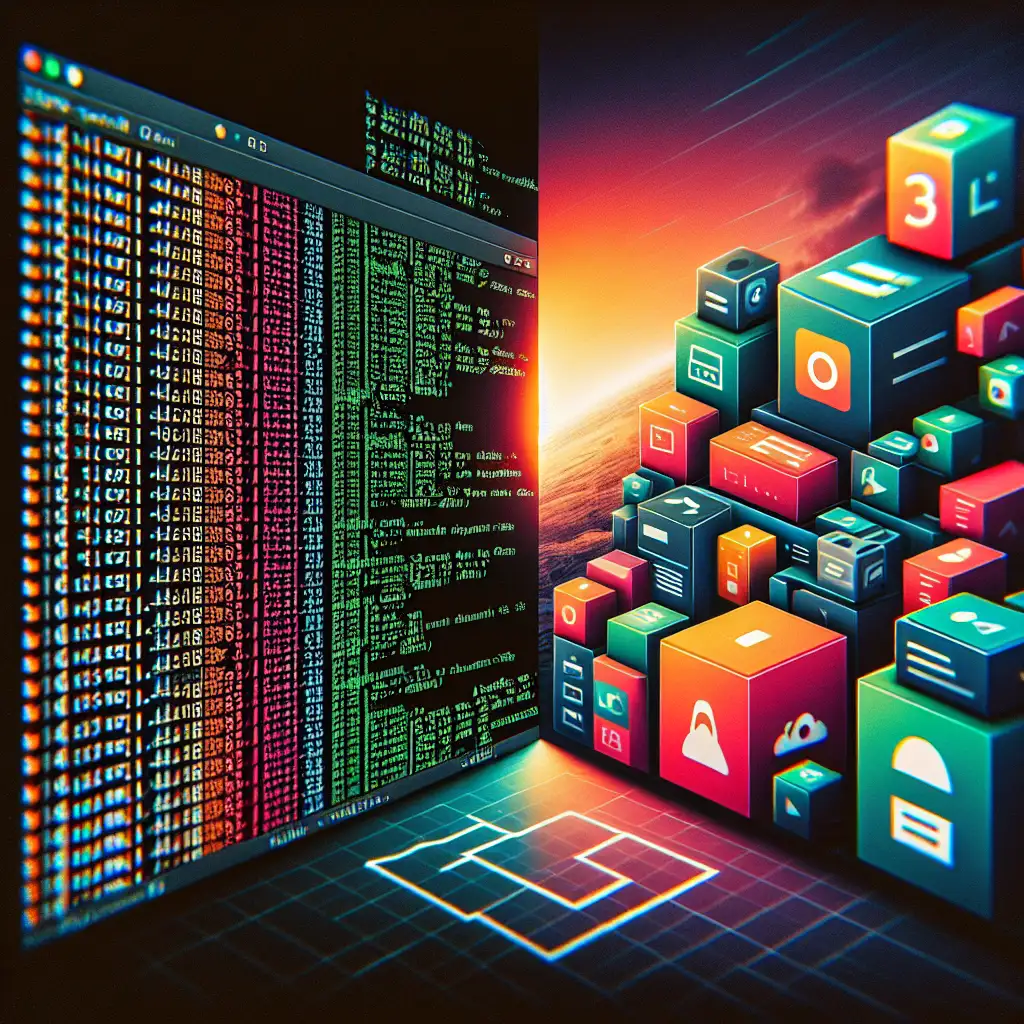Mastering App Installation on Linux: Beyond the Package Manager
Dependency deadlocks. Vendor releases that outpace your distro’s repositories. Desktop tools that need containers—or isolation from your core system. These are routine scenarios in modern Linux environments, and they demand a flexible approach to application installation.
Default to your distro’s package manager (apt, dnf, pacman, zypper). That’s what most do. But this isn’t always sufficient—especially if immediate access to the latest releases, minimized risk to base libraries, or isolated execution environments are required. Here’s a breakdown of alternative strategies, with practical examples and field-tested caveats.
When Package Managers Aren’t Enough
Native package managers solve most issues: transactional installs, signed repositories, and dependency resolution all help maintain system stability. Still, issues arise:
- Delayed versions. Not uncommon:
aptholds Firefox at ESR while upstream is multiple cycles ahead. - Missing software. Commercial vendors (e.g., VS Code) or niche open source tools may not be packaged.
- Global side effects. System-level installs alter environments for all users.
- Dependency hell. Conflicts or outdated system libraries occasionally break new installs.
Before reaching for manual workarounds, weigh the trade-off between reproducibility and convenience.
Direct Vendor Packages (.deb, .rpm, Tarballs)
Vendors frequently release distribution-specific packages or archive installs—sometimes only here are the latest security fixes or features available.
Example: Installing Google Chrome (Ubuntu 22.04, as of 2024-06):
wget https://dl.google.com/linux/direct/google-chrome-stable_current_amd64.deb
sudo dpkg -i google-chrome-stable_current_amd64.deb
# If dependencies break:
sudo apt-get -f install
Note: Dependency mismatches sometimes occur, particularly when backporting binaries to older distros. For auto-updates, always add the corresponding vendor repository.
Pros:
- Bypass outdated repo versions
- Vendor signatures (sometimes)
Cons:
- Update process may be manual (‘dpkg -i’ is not transactional)
- Uninstall inconsistencies between vendors
Gotcha: .tar.gz or .tar.xz archives often require manual extraction to /opt or ~/bin—and symbolic links or .desktop files aren’t always included.
Universal, Containerized Formats: Snap, Flatpak, AppImage
Cross-distro, sandboxed, and mostly vendor-agnostic. These formats emphasize dependency isolation over minimal size.
Snap (Canonical):
sudo snap install --classic code # For VS Code, allows classic confinement
Updates are managed by snapd (~daily by default), but snaps may introduce slow startup times due to squashfs mounting.
Flatpak:
sudo apt install flatpak
flatpak remote-add --if-not-exists flathub https://flathub.org/repo/flathub.flatpakrepo
flatpak install flathub org.videolan.VLC
Flatpaks run under Bubblewrap isolation; some apps require specific GTK versions, watch for them.
AppImage:
- Download the
.AppImage. chmod +x ./AppName.AppImage- Run:
./AppName.AppImage
No background service required; updates are manual (integrate with appimaged to automate).
| Format | Isolation | Updates | Start Speed | Integrates with |
|---|---|---|---|---|
| Snap | Strong | Auto | Slow* | Ubuntu, others |
| Flatpak | Medium | Semi | Medium | GNOME, KDE |
| AppImage | Minimal | Manual | Fast | Any |
*Snap startup lag is a widely-reported usability issue, especially on first run.
Building From Source
For edge-case requirements (custom compile flags, feature toggles not included by packagers, or security audits), direct compilation is still viable.
Install example (htop, 3.3.0):
sudo apt build-dep htop # For all required build libs (on Ubuntu/Debian)
git clone https://github.com/htop-dev/htop.git
cd htop
./autogen.sh && ./configure
make -j4 # Use all CPU cores
sudo make install
Error? Expect issues such as:
configure: error: no acceptable C compiler found in $PATH
which means you’re missing build-essential or equivalent.
Note: To avoid make install scattering files system-wide, use checkinstall to generate a .deb or .rpm for cleaner uninstalls:
sudo apt install checkinstall
sudo checkinstall
Language-Specific Package Managers
CLI tooling frequently lives outside base system RPMs/DEBs. Pip, npm, go, cargo—all offer rapid access to developer utilities or desktop integrations.
Examples:
pip3 install --user awscli==2.15.0
npm install -g yarn@1.22.19
cargo install ripgrep --version 14.0.2
Install with the --user (pip) or equivalent to avoid breaking system packages. Known issue: mixing OS-level and per-user installs can cause PATH conflicts or version drift.
Containers (Docker, Podman, LXD)
When total isolation is necessary (i.e., conflicting runtime libs, database sandboxes, or short-lived CI jobs), use containers.
Minimal nginx container:
docker run --rm -d -p 8080:80 --name testnginx nginx:1.25-alpine
Note: Disk footprint is non-trivial. Unused images and layers accumulate; prune periodically:
docker system prune -af
With rootless Podman or LXD, run user containers with tighter integration or lower privilege.
Summary Table
| Method | Good For | Drawbacks / Side Effects | Update Mechanism |
|---|---|---|---|
| Package manager | System cohesion | Version lag, repo policy limits | OS/Nightly cycles |
Vendor .deb/.rpm | Latest, proprietary | Manual updates, repo divergence | Vendor repo or manual |
| Snap/Flatpak/AppImage | Sandboxed, portable | Start lag (Snap), file association quirks (AppImage) | Snapd/Flatpak/appimaged |
| Source build | Custom flags, edge | Tedious, risk of residue, uninstall pain | Manual |
| Language managers | Dev CLI/tools | PATH conflicts, dependency drift | Tool-managed |
| Containers | Environment parity | Pull size, resource allocation | Docker/Podman updates |
Practical Tips
- Always verify the cryptographic signature or checksum before running downloaded binaries or packages.
- For production environments, favor repeatable sources (i.e., stick to your distribution package manager or CI-approved images).
- If you must install globally, memorialize the change (
/var/log/apt/history.log, or version-controlled install scripts). - Don’t mix system and per-user locations for Python (
/usr/bin/python3vs.~/.local/bin) without necessity—makes troubleshooting sparse runtime failures easier.
Occasionally, none of these methods quite fit, and that’s the unsolved gap: hybrid packaging remains unfinished business on Linux. For now, keep your toolchain flexible and expect a little mess.
Non-obvious tip: AppImage tools like AppImageLauncher (see AppImageLauncher GitHub) can integrate frequent AppImage invocations more cleanly with your desktop environment—without heavy system modification. Worth a look if you use AppImages regularly.
Got a unique deployment scenario or niche installer? There’s nearly always a workaround. Evaluate side effects before pushing to production.
